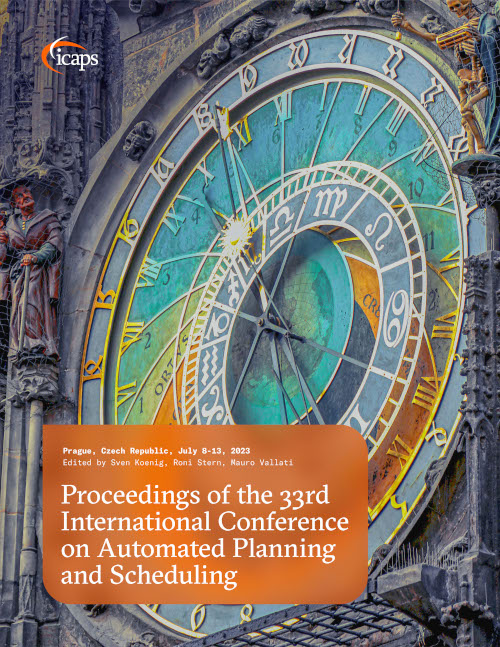Convexity Hierarchies in Grid Networks
DOI:
https://doi.org/10.1609/icaps.v33i1.27178Keywords:
Classical planning techniques and analysisAbstract
Several algorithms for path planning in grid networks rely on graph decomposition to reduce the search space size; either by constructing a search data structure on the components, or by using component information for A* guidance. The focus is usually on obtaining components of roughly equal size with few boundary nodes each. In this paper, we consider the problem of splitting a graph into convex components. A convex component is characterized by the property that for all pairs of its members, the shortest path between them is also contained in it. Thus, given a source node, a target node, and a (small) convex component that contains both of them, path planning can be restricted to this component without compromising optimality. We prove that it is NP-hard to find a balanced node separator that splits a given graph into convex components. However, we also present and evaluate heuristics for (hierarchical) convex decomposition of grid networks that perform well across various benchmarks. Moreover, we describe how existing path planning methods can benefit from the computation of convex components. As one main outcome, we show that contraction hierarchies become up to an order of magnitude faster on large grids when the contraction order is derived from a convex graph decomposition.Downloads
Published
2023-07-01
How to Cite
Blum, J., Li, R., & Storandt, S. (2023). Convexity Hierarchies in Grid Networks. Proceedings of the International Conference on Automated Planning and Scheduling, 33(1), 52-60. https://doi.org/10.1609/icaps.v33i1.27178

